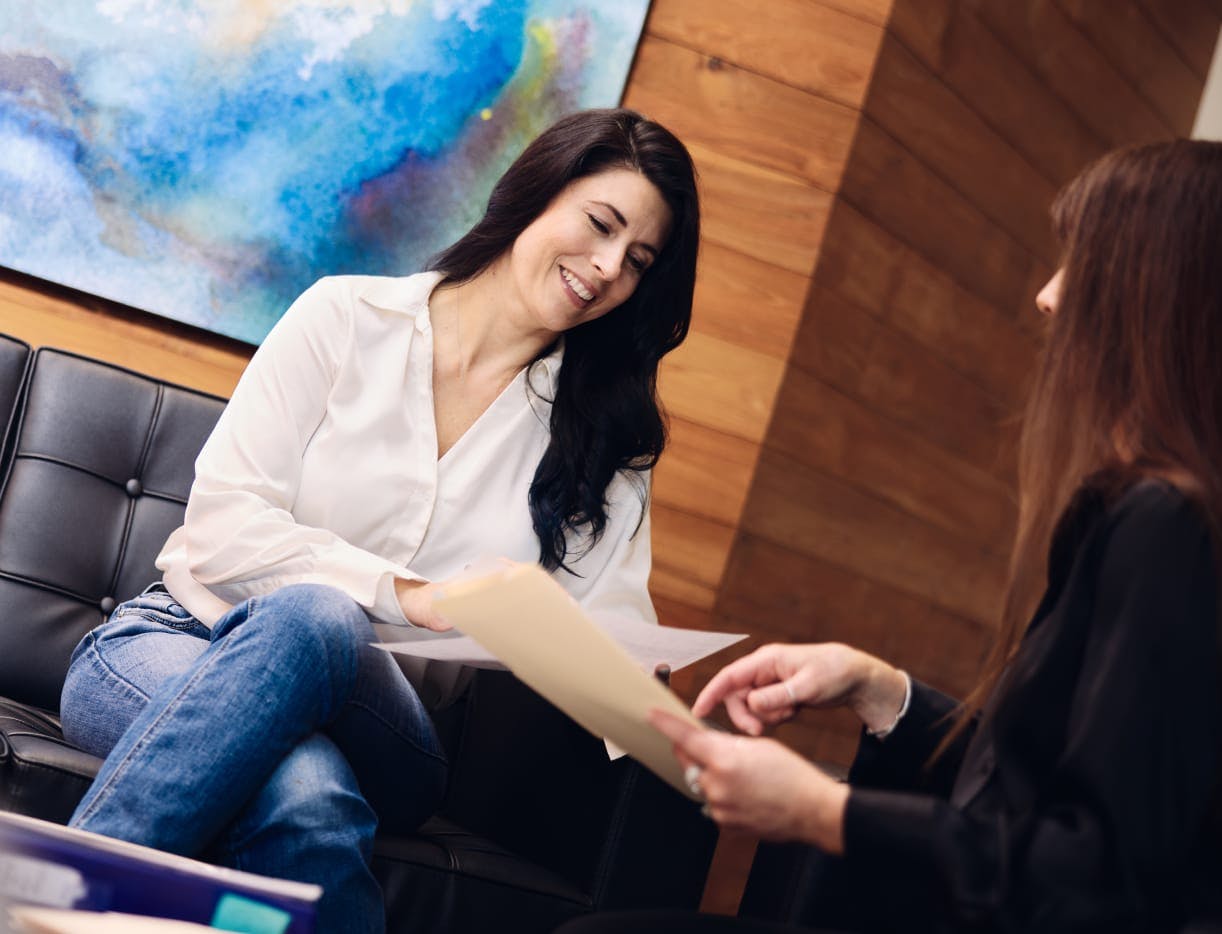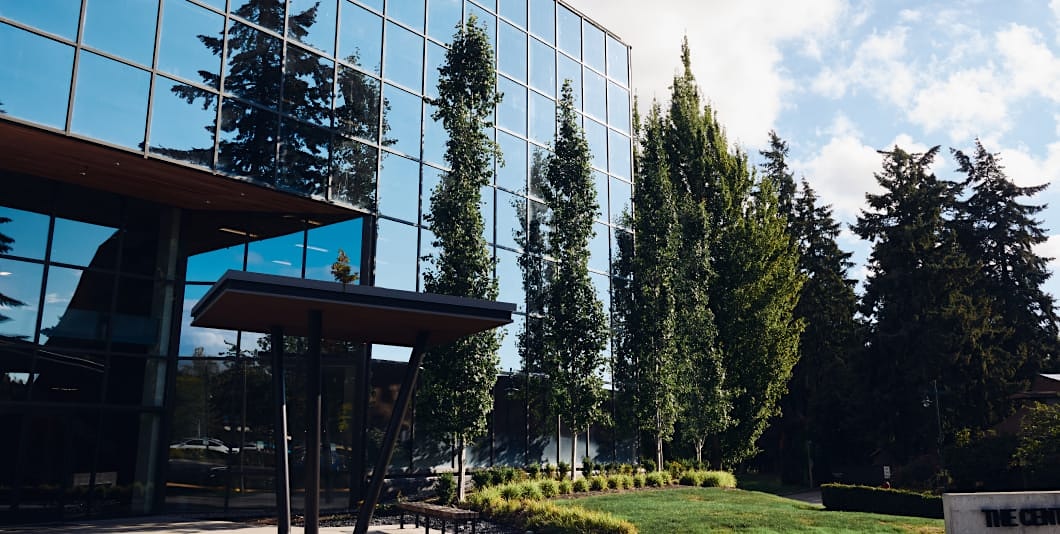Slip and fall incidents are a common cause of personal injury claims, often leading to complex legal battles that require a nuanced understanding of premises liability law. These cases can range from simple accidents in public or private spaces to intricate disputes involving multiple parties and legal issues. This article delves into the journey of a slip and fall case from the incident to the verdict, highlighting the key stages and considerations at each step.
The Incident: Understanding the Basics of Slip and Fall Accidents
A slip and fall case typically begins with an incident where an individual is injured on someone else’s property. These accidents can occur anywhere, from retail stores and office buildings to private residences and public sidewalks. The core legal issue revolves around the concept of premises liability, which holds property owners and occupiers responsible for maintaining a safe environment for visitors.
Identifying the Cause and Documenting the Incident
Immediately following a Tacoma slip and fall accident, it is crucial to identify and document the conditions that led to the incident. Notify the property owner immediately or as soon after the incident as possible. Ensure to file an incident report at the time of the fall, or shortly thereafter. Gather the names of the manager, employees, or any other individuals present who are associated with the business or property ownership. Factors such as wet floors, uneven surfaces, poor lighting, or the absence of warning signs can be pivotal in establishing liability. Photographs of the scene, witness statements, and medical reports form the cornerstone of evidence in building a strong case.
The Legal Process: Filing a Claim and Pre-Trial Procedures
Once the injured party decides to pursue a claim, the next step is to file a complaint against the property owner or manager. This legal document outlines the basis of the claim, including the circumstances of the accident and the damages sought.
Discovery and Evidence Gathering
The discovery phase is a critical period where both sides exchange information and gather evidence. This process includes:
- Interrogatories and Depositions: Written questions and oral testimony are used to gather detailed information from the involved parties and witnesses.
- Document Production: Both sides request relevant documents, such as maintenance records, surveillance footage, photographs, accident reports, and medical records to support their case.
Expert Witnesses and Accident Reconstruction
Expert witnesses play a vital role in slip and fall cases, especially when technical issues like building codes, engineering standards, or medical injuries are involved. These experts can provide testimony on the cause of the accident, the extent of the injuries, and the long-term impact on the victim’s life.
Trial: Presenting the Case in Court
If a settlement is not reached, the case proceeds to trial, where each side presents its arguments before a judge or jury. The trial process includes several key components:
Opening Statements and Witness Testimony
Both parties have the opportunity to present their version of events through opening statements, witness testimony, and cross-examination. This stage is crucial for establishing the narrative of the case and persuading the jury.
Demonstrative and Documentary Evidence
Physical evidence, such as photographs, video footage, and accident reports, are presented to substantiate the claims. Demonstrative evidence, like models or simulations, can also be used to illustrate how the accident occurred.
Expert Testimony
Experts provide specialized knowledge on specific aspects of the case, such as the safety of the premises or the medical implications of the injuries. Their testimony can heavily influence the jury’s understanding of the facts.
The Verdict: Decision and Aftermath
After both sides have presented their cases, the jury deliberates and reaches a verdict. The decision will include findings on liability and the amount of damages awarded to the plaintiff if the defendant is found at fault.
Post-Trial Motions and Appeals
The losing party can file post-trial motions to challenge the verdict or reduce the damages. If these motions are denied, the case can be appealed to a higher court, where the trial proceedings are reviewed for legal errors.
Conclusion: The Complexity of Slip and Fall Litigation
Slip and fall cases are legally complex and demand a thorough understanding of premises liability law, evidence collection, and trial strategy. From the initial incident to the final verdict, each phase of the case requires meticulous preparation and skilled advocacy to navigate the legal challenges and achieve a favorable outcome.
This journey through a slip-and-fall case highlights the intricate legal landscape that plaintiffs and defendants must navigate. Understanding these dynamics is crucial for anyone involved in such disputes, as it shapes the strategies and decisions that ultimately lead to the resolution of the case.
When it comes to your slip-and-fall accident, we want to make sure that you’re prepared as well as you can be. Here are 3 resources that will also help you in moving forward with Park Chenaur as your slip-and-fall Tacom lawyer. Here they are:
How to choose the right slip-and-fall lawyer for my accident
Why it is important to have swift action in your slip-and-fall accident
What can I expect when I am working with a slip-and-fall lawyer?












